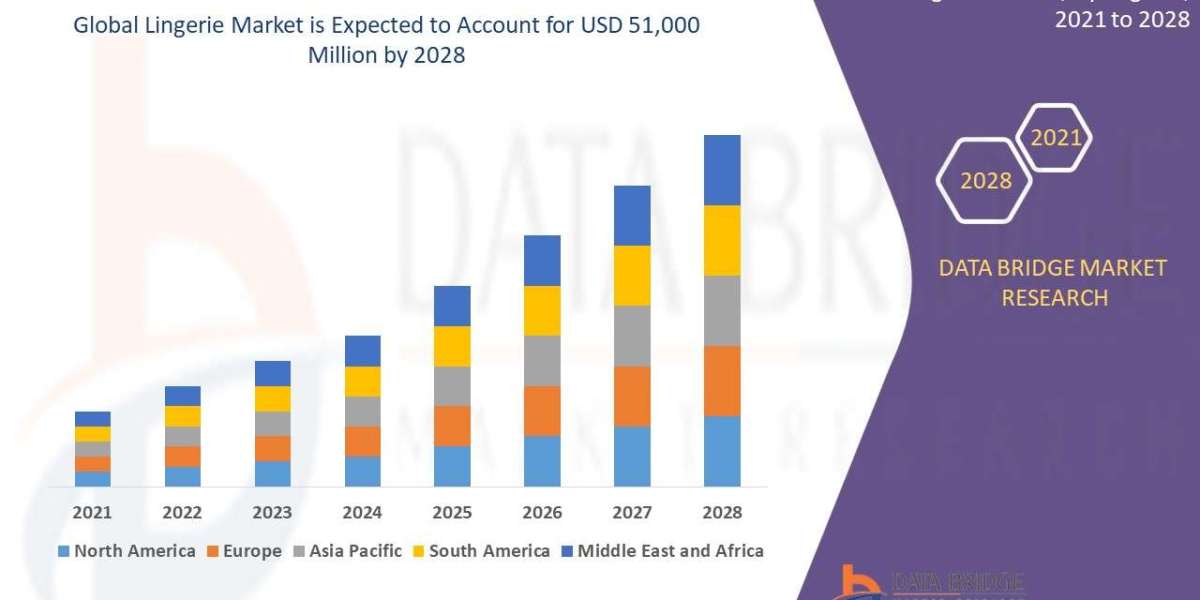The Creator Economy has emerged as a significant cultural and economic force, driven by individuals who monetize their passions and expertise through digital platforms. Understanding this rapidly evolving sector involves exploring its foundations, the tools and platforms that support it, the diverse revenue streams, and the community dynamics that fuel its growth. Here are some of the best ways to comprehend the intricacies of the Creator Economy:
Understanding the Foundations
The Creator Economy is built on the democratization of content creation. With the advent of social media, blogging platforms, video-sharing sites, and digital marketplaces, anyone with internet access can create and distribute content. This shift has transformed consumers into creators, allowing them to build personal brands and engage directly with audiences. To understand this, one must recognize the historical context: from the early days of YouTube and blogging to the rise of influencers on Instagram and TikTok.
Platforms and Tools
Several platforms are pivotal to the Creator Economy. YouTube, Instagram, TikTok, Patreon, Substack, and Twitch are among the most influential, each offering unique ways for creators to reach audiences and monetize their content.
- YouTube: Primarily a video-sharing platform, it allows creators to earn through ad revenue, sponsorships, and direct audience support via memberships and super chats.
- Instagram and TikTok: These platforms focus on visual and short-form content, where creators can monetize through brand partnerships, sponsored posts, and merchandise sales.
- Patreon and Substack: These platforms support creators through subscription models, enabling them to offer exclusive content to paying subscribers.
- Twitch: Known for live streaming, especially in gaming, it offers various monetization options like subscriptions, donations, and ad revenue.
Understanding these platforms' algorithms, audience engagement strategies, and monetization options is crucial for grasping how creators thrive in this economy.
Diverse Revenue Streams
Creators in the Creator Economy leverage multiple income sources, often combining several to maximize earnings. Key revenue streams include:
- Ad Revenue: Platforms like YouTube share ad revenue with creators based on views and engagement.
- Sponsorships and Brand Deals: Many creators partner with brands for sponsored content, which can be highly lucrative.
- Crowdfunding and Subscriptions: Platforms like Patreon allow fans to support creators directly through recurring payments.
- Merchandising: Selling branded merchandise is a common way for creators to monetize their personal brands.
- Affiliate Marketing: Creators earn commissions by promoting products and services through affiliate links.
Understanding these revenue streams helps in recognizing how creators sustain themselves and grow their ventures.
Community and Audience Engagement
At the heart of the Creator Economy is community engagement. Successful creators build strong, loyal communities around their content. They interact with their audiences through comments, live streams, social media, and even offline events. This engagement fosters a sense of belonging and loyalty, which is essential for sustained success. Understanding the nuances of community building and audience engagement—such as the importance of authenticity, consistency, and responsiveness—can provide deep insights into the Creator Economy.
Analytics and Data
Data-driven decision-making is a hallmark of successful creators. Platforms provide a wealth of analytics, from demographic information to engagement metrics. Creators use this data to refine their content strategies, optimize posting times, and understand audience preferences. Familiarizing oneself with these analytics tools and the insights they offer is critical for understanding how creators grow and adapt in the digital landscape.
Education and Skill Development
Creators often wear many hats, acting as content producers, marketers, business managers, and community moderators. Continuous learning and skill development are essential. Understanding the educational resources available—from online courses and tutorials to creator academies offered by platforms like YouTube—can shed light on how creators stay ahead in a competitive environment.
Case Studies and Success Stories
Examining the journeys of successful creators can provide valuable lessons. Case studies highlight best practices, innovative strategies, and the challenges faced along the way. Whether it's a YouTuber who grew from zero to millions of subscribers, or a writer who turned a Substack newsletter into a full-time career, these stories offer practical insights into what works and what doesn’t in the Creator Economy.
Conclusion
Understanding the Creator Economy involves delving into its foundations, the platforms that enable it, the various monetization strategies, and the community dynamics that drive it. By examining these aspects, one gains a comprehensive view of how creators build and sustain their digital enterprises, making it clear that the Creator Economy is a complex, multifaceted phenomenon with immense potential for those who navigate it effectively.








